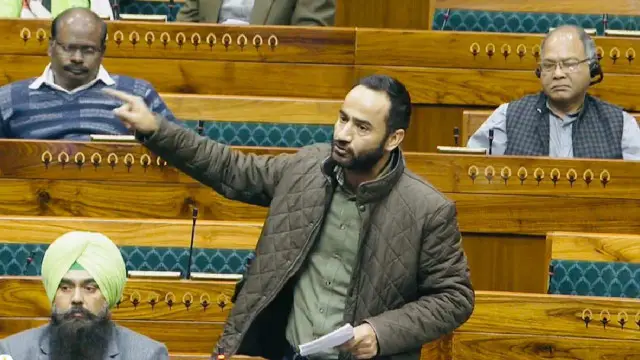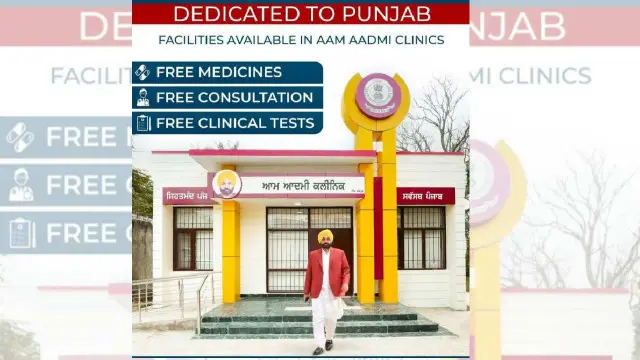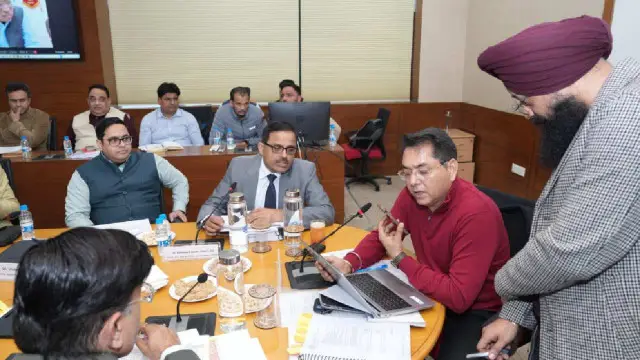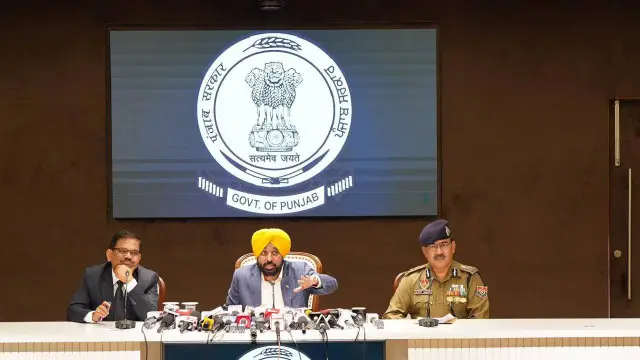Punjab’s Economy Shines Bright Amid Floods, Tax Cuts, and India’s Slowing Growth Trend
Despite heavy floods and reduced tax rates, Punjab’s economy has shown remarkable strength, recording a 21.51% rise in GST revenue and outperforming India’s overall growth trend.

Punjab’s economy is racing ahead. Despite floods and tax cuts, the state’s GST revenue jumped by 21.51 percent till October 2025. Finance Minister Harpal Singh Cheema said that from April to October 2025, the state collected ₹15,683.59 crore, up from ₹12,907.31 crore last year-a massive ₹2,776 crore increase. In October alone, collections touched ₹2,359 crore, a 14.46 percent rise from last year. Punjab’s growth is now three times faster than the national average.
Flooded State, Still Fiscal Champion
Even as floods hit half the districts, Punjab’s business and tax machinery did not slow down. Harpal Singh Cheema said this performance shows the state’s economic resilience and the hard work of the Excise and Taxation Department. He credited data analytics teams, field inspections and digital integration for this achievement. Unlike last year’s 3.8 percent growth, this year’s surge reflects how Punjab turned disaster into recovery and proved that discipline can beat difficulty.
Digital Reform Boosts Tax Collection
Cheema highlighted the impact of GST 2.0 reforms. Although many tax rates were cut, revenues still grew because of improved digital tracking and compliance. The state used data matching tools to catch fake billing and tax evasion cases. The minister said that Punjab’s tax officers now use real-time dashboards to monitor transactions and detect delays within hours. This shift to smart governance has helped Punjab collect more with less tax pressure on citizens.
Outperforming India’s Tax Average
Punjab’s 21.5 percent GST growth outshines the national average of 7 percent. Among North Indian states, only Haryana has a slightly better growth rate. Cheema said this shows Punjab’s business community is cooperative and responsive to digital tax systems. He added that the state’s post-settlement SGST and IGST figures prove its fiscal strength. Even after natural disasters and policy changes, Punjab remains financially sound and administratively efficient.
Floods Tested, System Proved Strong
Floods destroyed infrastructure and halted supply chains in many districts, but Punjab’s industries quickly bounced back. Traders used online filing and e-billing to avoid delays. The Finance Minister praised local officials who ensured business operations continued even in water-logged areas. He said that this year’s collection is not just a revenue figure but a symbol of Punjab’s spirit to rise again and lead India’s economic recovery story from the front.
Transparent System, Honest Taxpayers Rewarded
Cheema promised to make compliance simpler for honest taxpayers. He said the state will introduce a “trust-based assessment model” to save business time and reduce paperwork. Meanwhile, officers will tighten scrutiny on tax evaders and fake invoices. He said technology and integrity will be the twin pillars of Punjab’s future revenue growth. The goal is to create a balance between ease of doing business and fiscal discipline for every citizen.
New Punjab, New Fiscal Vision
The Finance Minister called Punjab’s performance a sign of revival and self-reliance. He said the next goal is to make Punjab the fastest-growing state in North India by 2026. The government plans to expand digital audits and automated refund systems to build trust between taxpayers and the state. Cheema ended his note saying, “Every rupee collected honestly goes back to the people of Punjab.” The message is clear — growth with honesty is the new governance mantra.












